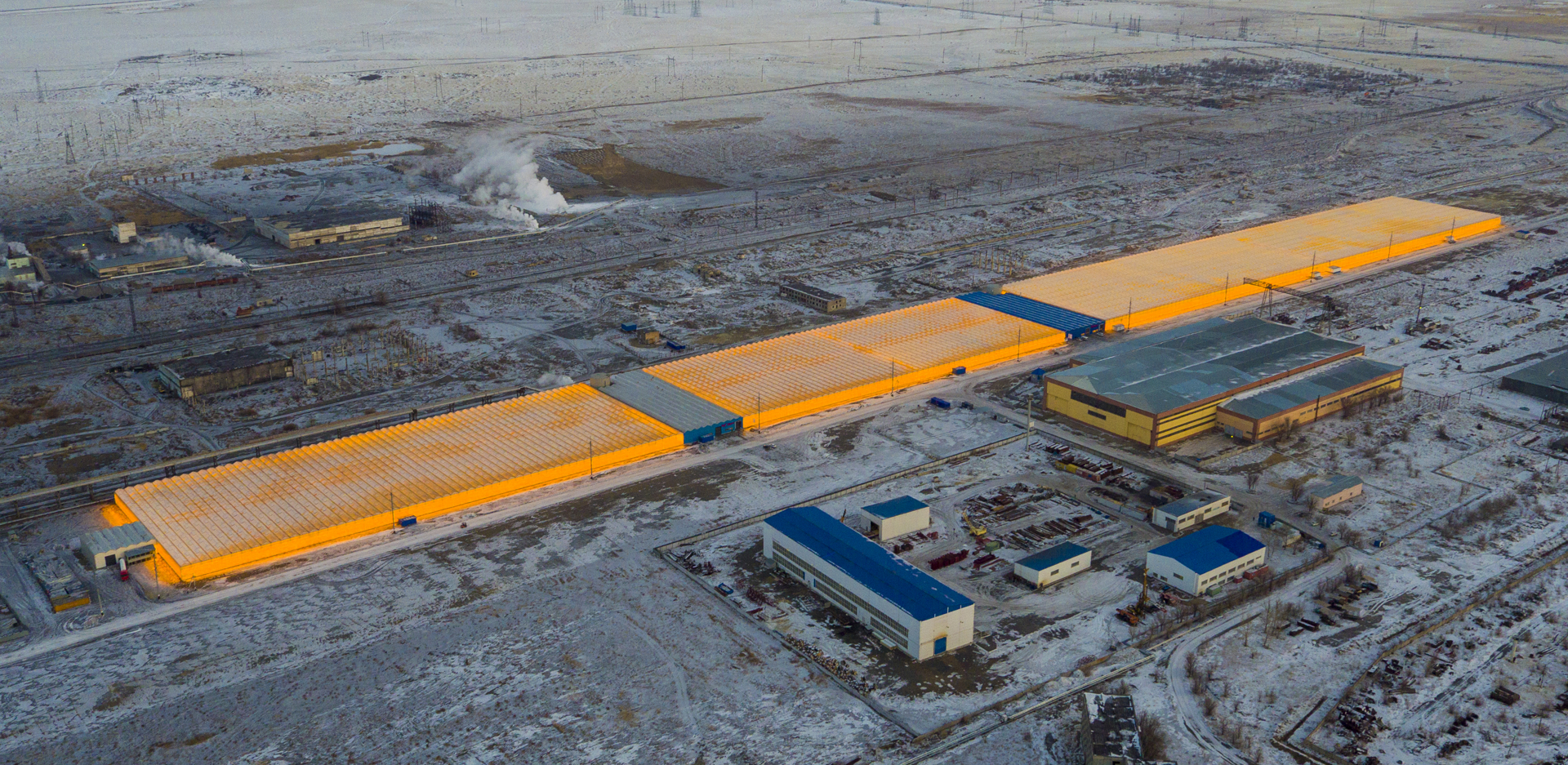Set on the windswept steppe of northern Kazakhstan, where winter temperatures routinely plunge below -20 °C, Qaztomat proves that fresh produce can thrive even in one of the world’s harshest continental climates. Spanning more than 30 hectares across three construction phases, the facility is now one of the country’s largest high-tech vegetable nurseries.
Central to this facility’s success is its direct connection to a neighboring coal-fired power plant, which supplies residual heat and CO2. By repurposing what should otherwise be industrial waste, the greenhouses remain frost-free throughout long winters, while CO2 enrichment boosts plant growth and efficiency. It’s a powerful example of industrial symbiosis, where sustainability and productivity go hand in hand.
Van der Hoeven led the design and delivery of the facility, equipping it with advanced climate control systems capable of handling extreme fluctuations in temperature and humidity. Smart automation ensures precise management of heating, screening, irrigation, and ventilation. All critical to maintaining optimal conditions in such an environment. Meltwater and condensate are recovered and reused through a closed-loop irrigation system, dramatically reducing freshwater consumption. A vital consideration even in snowy climates.
Strong partnerships with local subcontractors and suppliers played a crucial role in realizing this complex project. Collaboration with Kazakh companies helped speed up development while building regional expertise. This combination of Dutch engineering and local capability resulted in a facility that not only delivers fresh, high quality tomatoes to Kazakh retailers, but also supports job creation and economic diversification in a city traditionally known for mining and heavy industry.

